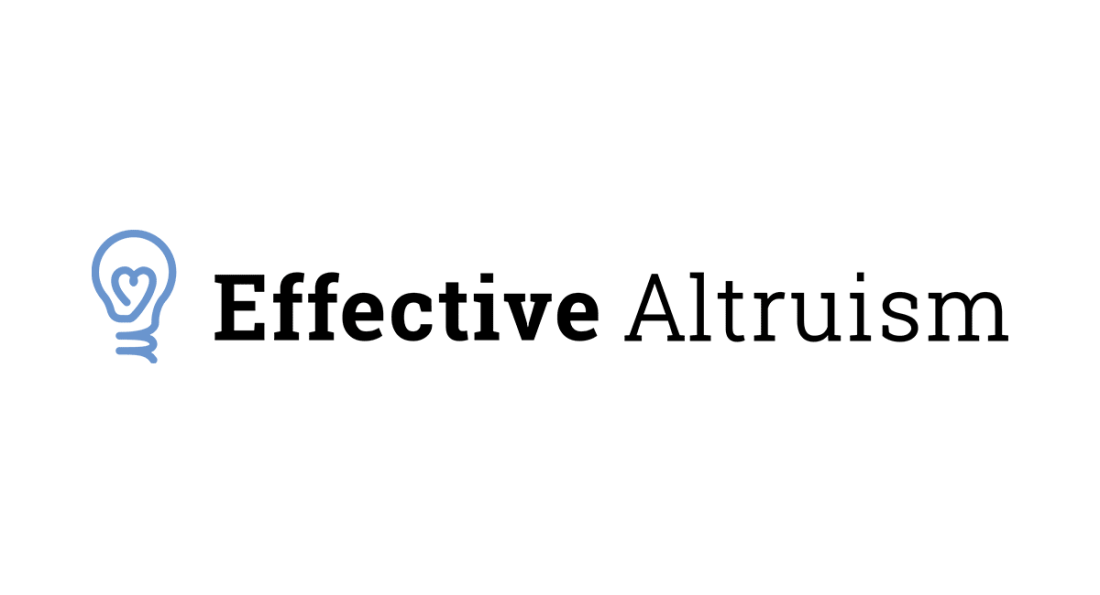In March 2019, Open Cages UK ran a poll through YouGov as part of their #TescoTruth campaign. The poll had 2,049 respondents. The results may be directly useful for other UK advocates for informing campaign strategy and messaging decisions. They may be of interest more widely, but the questions may be too specific to be of much direct use to advocates in other countries.
Thanks to Connor Jackson and Open Cages for running the poll and sharing its results.
You can see the full results here.
In one question, “Generally speaking, which, if any, of the following are/would be important to you when purchasing meat from a supermarket?” participants could select as many options as they liked. Only 25% of respondents selected either “none of these” or “don’t know,” with between 44% and 60% of respondents selecting various included welfare considerations.
Only 30% selected the option “That the animal’s life was as long as possible,” which was substantially lower than the next lowest option. From a utilitarian perspective, if animals are suffering badly, as it seems likely that factory farmed broiler chickens are, then extending their life is morally undesirable. However, this point feels slightly counterintuitive and I would have expected the numbers of people selecting this option to be similar or higher than other options.
Three other questions were asked:
- Only 19% agreed with the statement: “Supermarkets are honest about the welfare of the chickens they sell.” It is unclear whether this reflects a general distrust of supermarkets or distrust of supermarkets specifically on farmed animal issues. In either case, it suggests that anti-industry messaging may find a receptive audience in the UK.
- 72% agreed with the statement: “When buying chicken, people should know if the chicken had a healthy life.”
- 44% agreed with the statement: “Selective breeding is good as long as the animals have no health problems.”
I can’t see many consistent demographic trends. Female respondents were slightly more supportive of the various animal asks, which is unsurprising. I am more surprised that there is a lack of strong, consistent trends in comparisons between certain variables that I would have expected to show them, such as London and the South compared to other areas, or older participants compared to younger participants. I don’t place much weight on this, however, because the questions are not all structured in a way that makes the pro-animal position clear: agreeing with the second question shows support for both “selective breeding” and animals having “no health problems” and agreeing with the fourth question may reflect distrust of supermarkets and companies in general, rather than on the issue of chicken welfare specifically.



